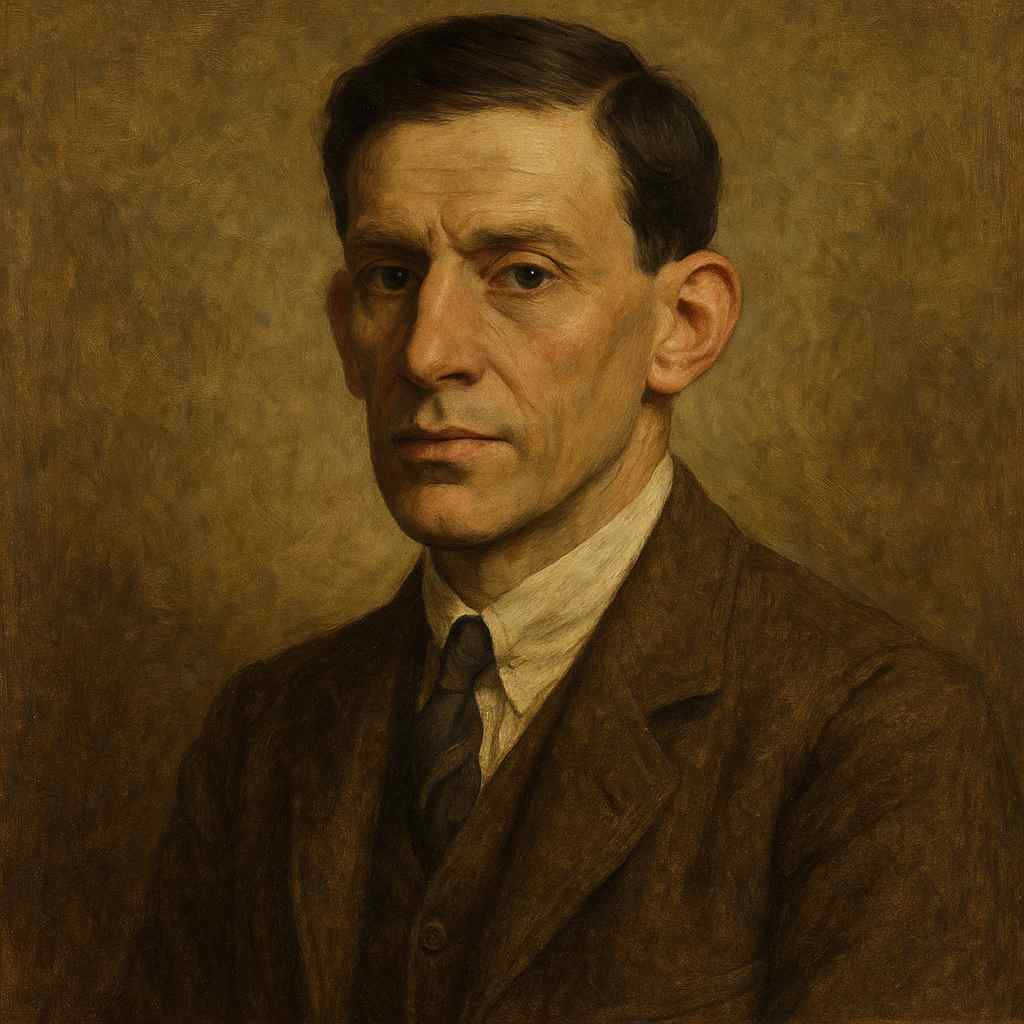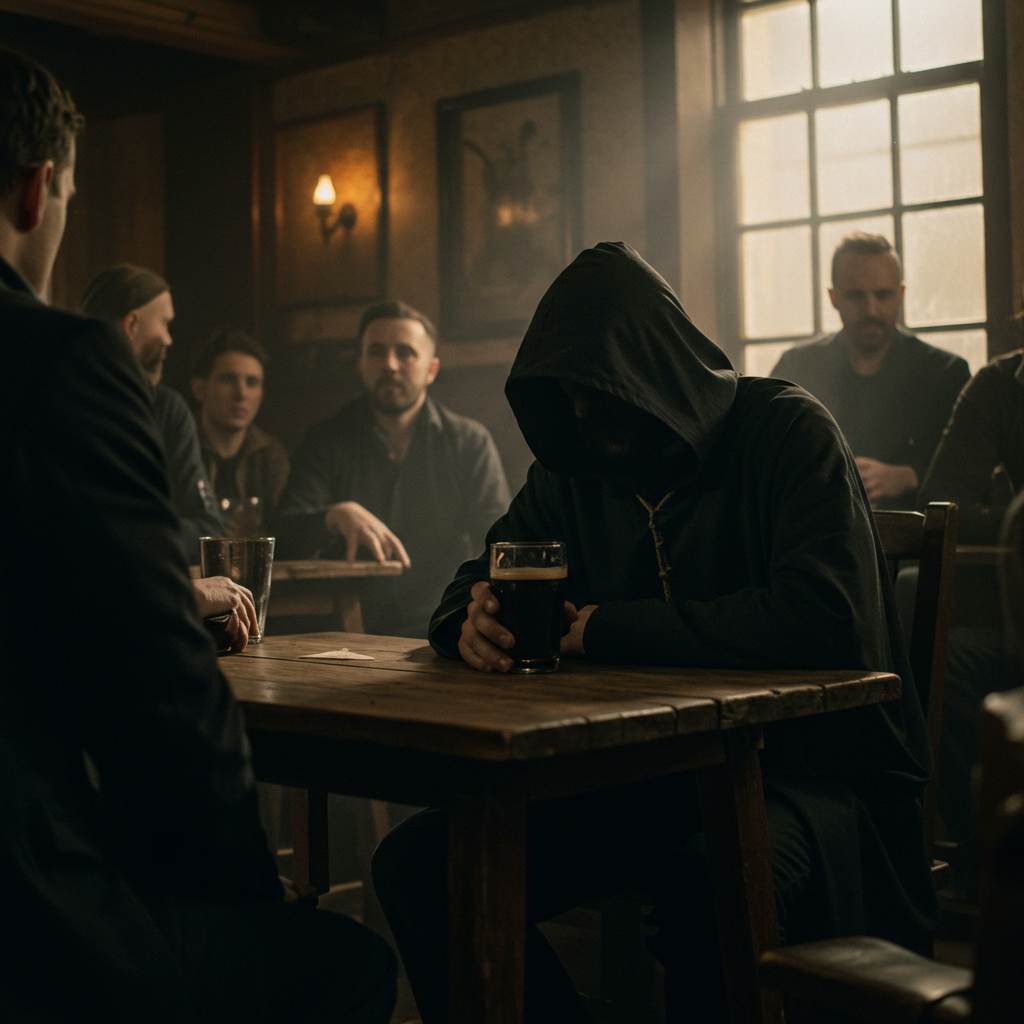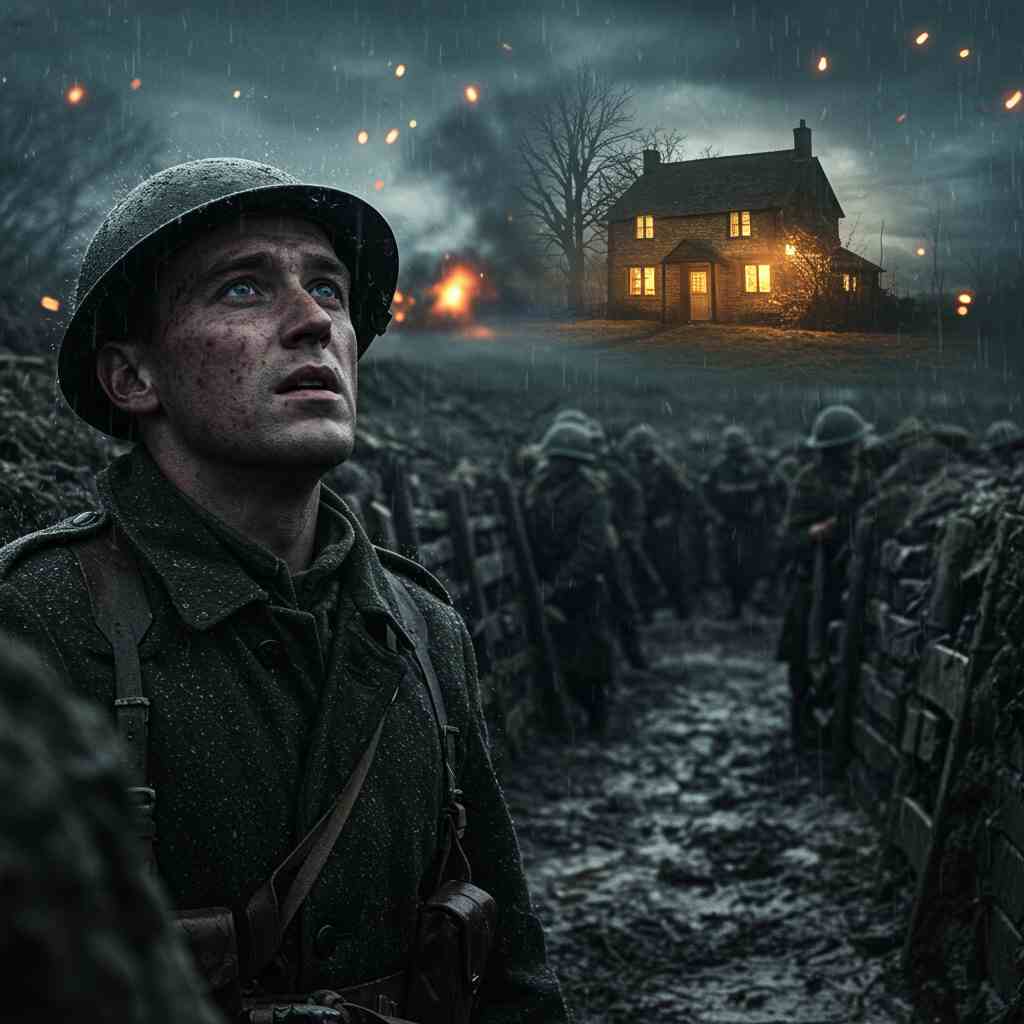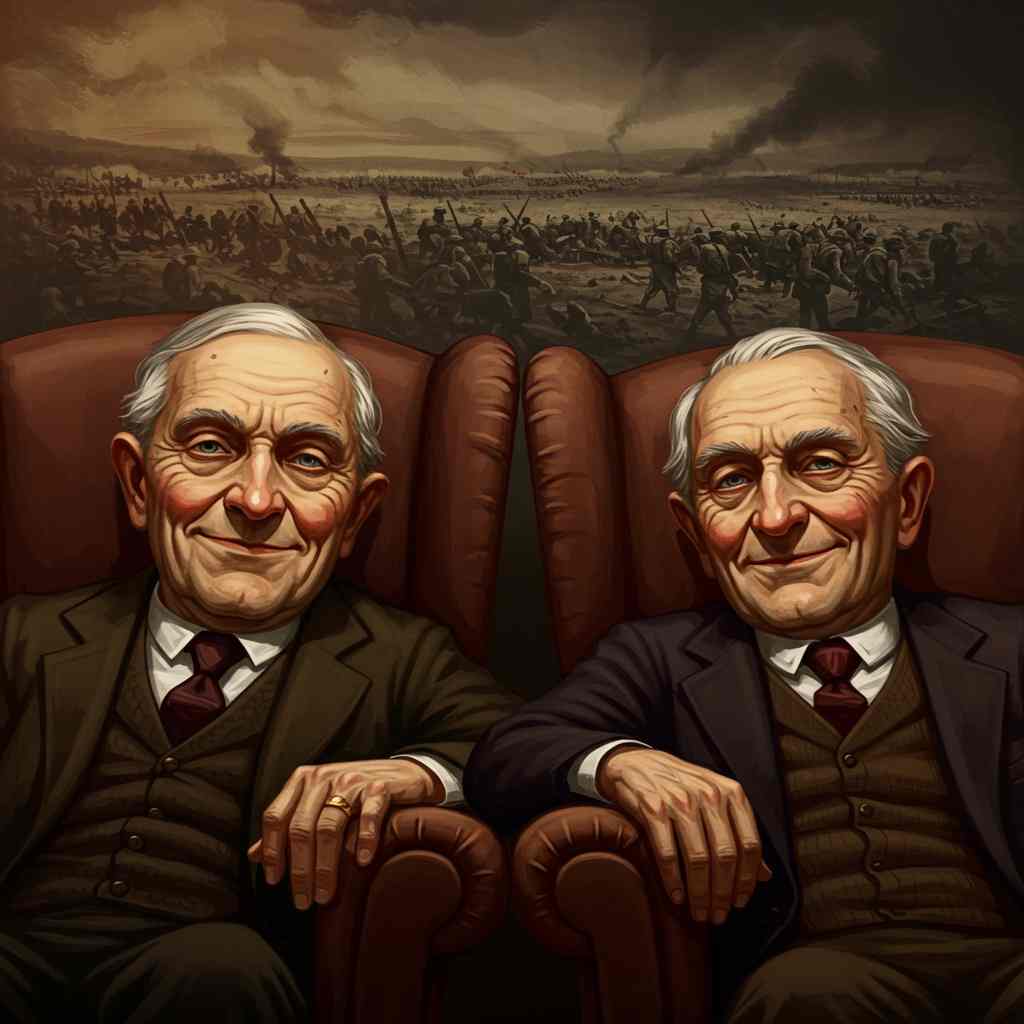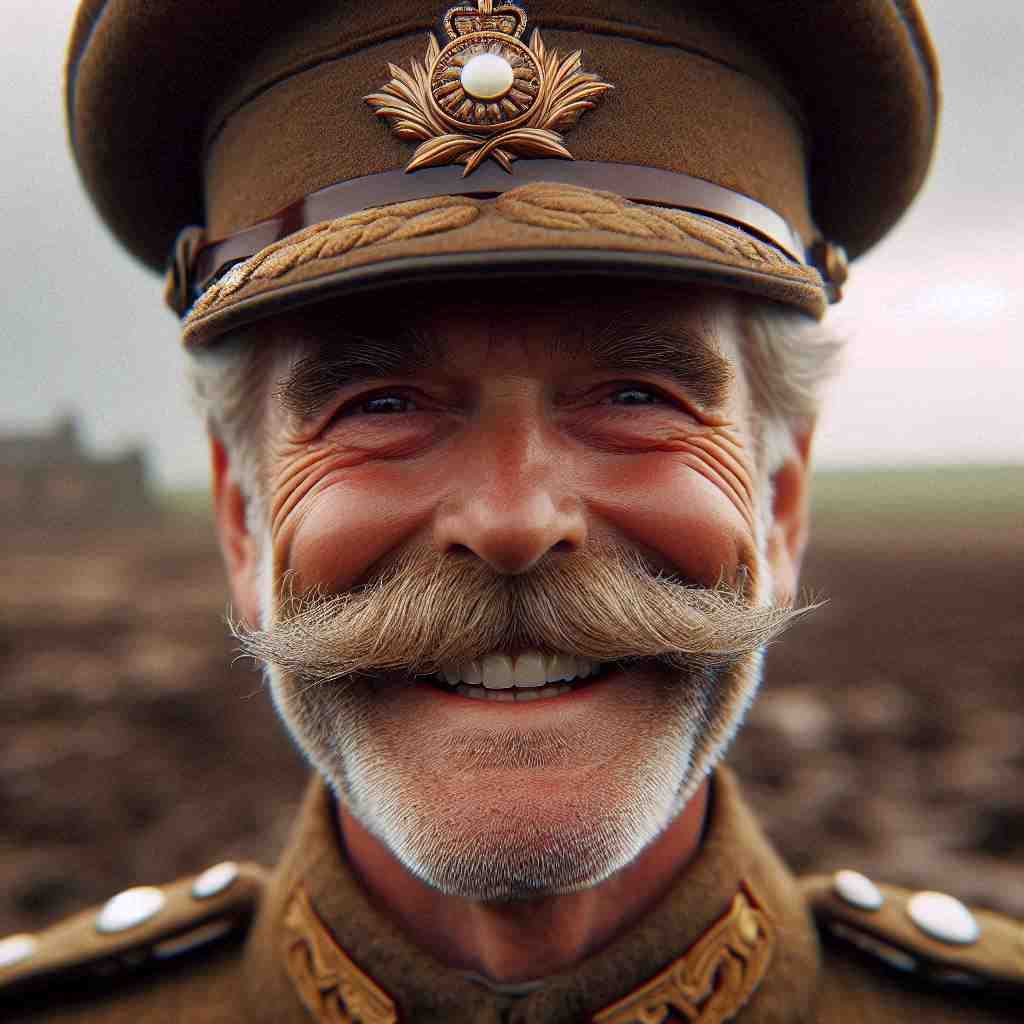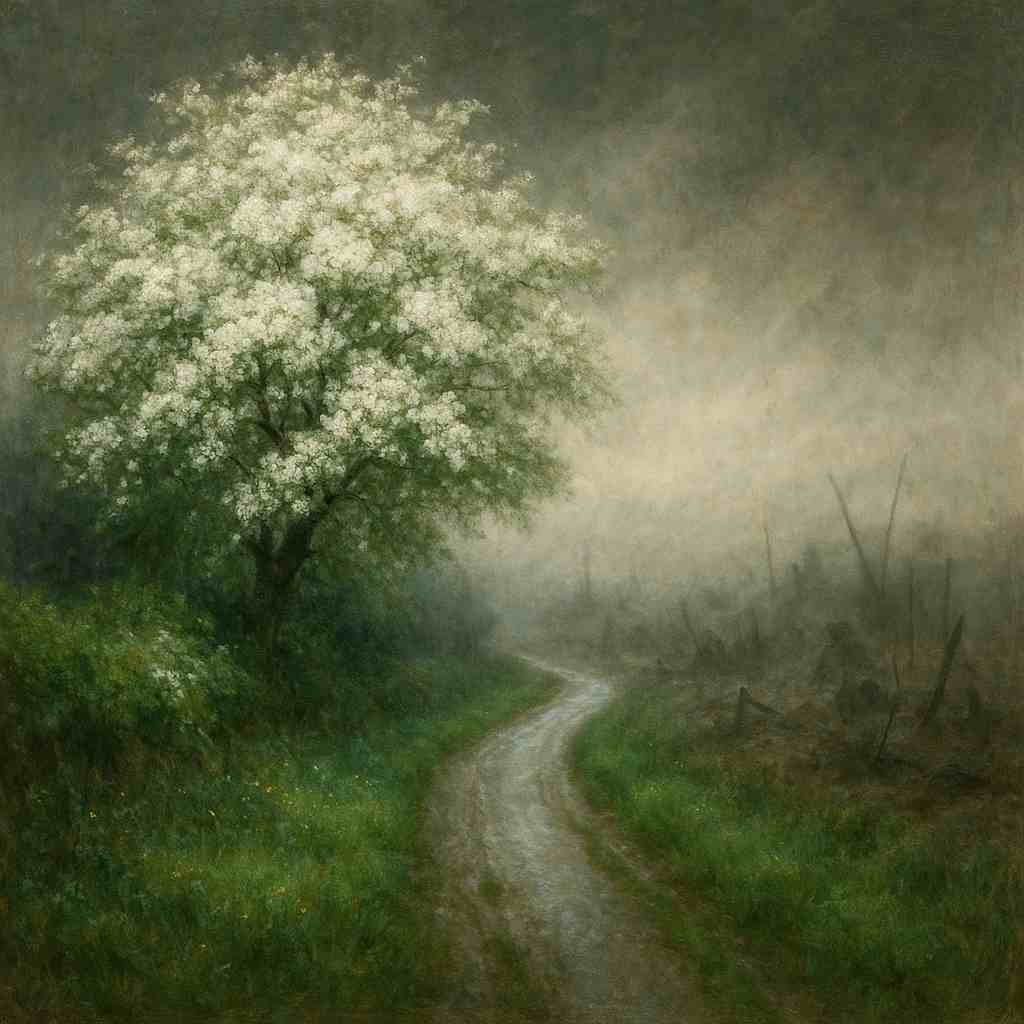5 Poems by Siegfried Sassoon
1886 - 1967
Siegfried Sassoon Biography
Siegfried Sassoon, one of the most prominent English poets and writers of the 20th century, was born on September 8, 1886, in Matfield, Kent, to a wealthy Jewish family. His father, Alfred Ezra Sassoon, was a descendant of the wealthy Baghdadi Jewish Sassoon merchant family, while his mother, Theresa, came from the artistic Thornycroft family. This unique blend of backgrounds would later influence Sassoon's life and work in profound ways.
Growing up, Sassoon enjoyed a privileged childhood, surrounded by the lush countryside of Kent. He was educated at Marlborough College and later at Clare College, Cambridge, though he left without taking a degree. During his youth, Sassoon developed a deep love for literature, particularly poetry, and began writing his own verses at an early age. He also cultivated a passion for fox hunting and cricket, pursuits that would feature prominently in his early works.
Sassoon's early poetry, published privately in 1906, was heavily influenced by the Romantic tradition and often focused on pastoral themes. However, the outbreak of World War I in 1914 would dramatically alter the course of his life and his artistic direction. Initially enthusiastic about the war, Sassoon enlisted in the Sussex Yeomanry on August 4, 1914, the day Britain declared war on Germany. He was later commissioned as a second lieutenant in the Royal Welch Fusiliers, a regiment that would also include another famous war poet, Robert Graves, with whom Sassoon formed a close friendship.
The horrors of trench warfare quickly disillusioned Sassoon, and his experiences on the Western Front transformed him into one of the war's most outspoken critics. His bravery in combat earned him the nickname "Mad Jack" and a Military Cross for "conspicuous gallantry." However, the death of his brother Hamo at Gallipoli in 1915 and the relentless carnage he witnessed led to a profound shift in his perspective.
Sassoon's war poetry, characterized by its stark realism and biting satire, marked a significant departure from his earlier work. Poems such as "The Death Bed," "Suicide in the Trenches," and "Glory of Women" vividly portrayed the grim realities of war and challenged the romanticized notions of heroism and patriotism prevalent in British society. His unflinching depictions of the brutality and futility of war earned him recognition as one of the leading voices of the soldier-poets.
In 1917, Sassoon took the bold and controversial step of writing an open letter titled "Finished with the War: A Soldier's Declaration," in which he refused to return to duty and condemned the continuation of the war as a willful act of aggression. This act of protest led to his being sent to Craiglockhart War Hospital in Edinburgh, where he was officially treated for neurasthenia (shell shock). It was at Craiglockhart that Sassoon met and mentored Wilfred Owen, another significant war poet whose talent he helped nurture.
After the war, Sassoon continued to write and publish, expanding his repertoire to include novels, autobiographies, and literary criticism. His semi-autobiographical trilogy, "Memoirs of a Fox-Hunting Man" (1928), "Memoirs of an Infantry Officer" (1930), and "Sherston's Progress" (1936), collectively known as the "Sherston trilogy," received critical acclaim and solidified his reputation as a prose writer of considerable skill.
Throughout the interwar years, Sassoon struggled with his personal life and identity. He had several relationships with men, including the actor Ivor Novello, but also married Hester Gatty in 1933, with whom he had a son, George. His marriage ended in separation in 1945, and Sassoon spent much of his later life in relative seclusion at his country home in Wiltshire.
In the latter part of his life, Sassoon underwent a spiritual transformation, converting to Roman Catholicism in 1957. This religious turn is reflected in his later works, such as "The Path to Peace" (1960), which explores themes of faith and spiritual seeking.
Sassoon's contributions to literature were recognized with numerous honors, including a Commander of the Order of the British Empire (CBE) in 1951. He continued to write and publish until his death on September 1, 1967, just shy of his 81st birthday.
Siegfried Sassoon's legacy extends far beyond his powerful war poetry. His unflinching critique of war and its societal implications, his exploration of masculinity and sexuality, and his later spiritual reflections have ensured his place in the canon of 20th-century English literature. Scholars continue to study his work for its historical significance, its literary merit, and its deeply human examination of war, love, and the search for meaning in a rapidly changing world. Sassoon's life and work serve as a testament to the transformative power of experience and the enduring relevance of poetry as a means of confronting the most profound aspects of the human condition.
This text was generated by AI and is for reference only. Learn more
Username Information
No username is open
Everything is free to use, but donations are always appreciated.
Quick Links
© 2024-2025 R.I.Chalmers (V2Melody).

All music on this site by R.I.Chalmers (V2Melody) is licensed under a Creative Commons Attribution-NonCommercial 4.0 International License.
Attribution Requirement:
When using this music, you must give appropriate credit by including the following statement (or equivalent) wherever the music is used or credited:
"Music by R.I.Chalmers (V2Melody) – https://v2melody.com"
Support My Work:
If you enjoy this music and would like to support future creations, your thanks are always welcome but never required.
Thanks!

